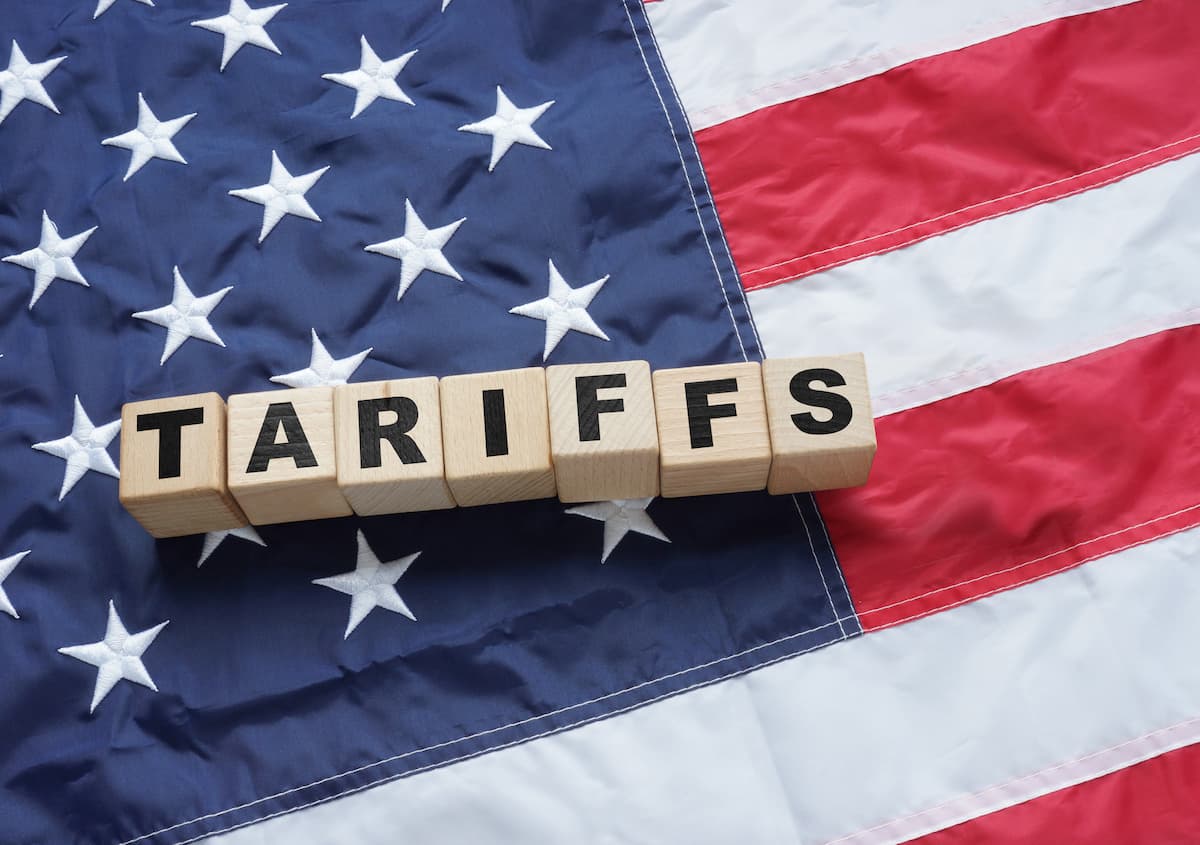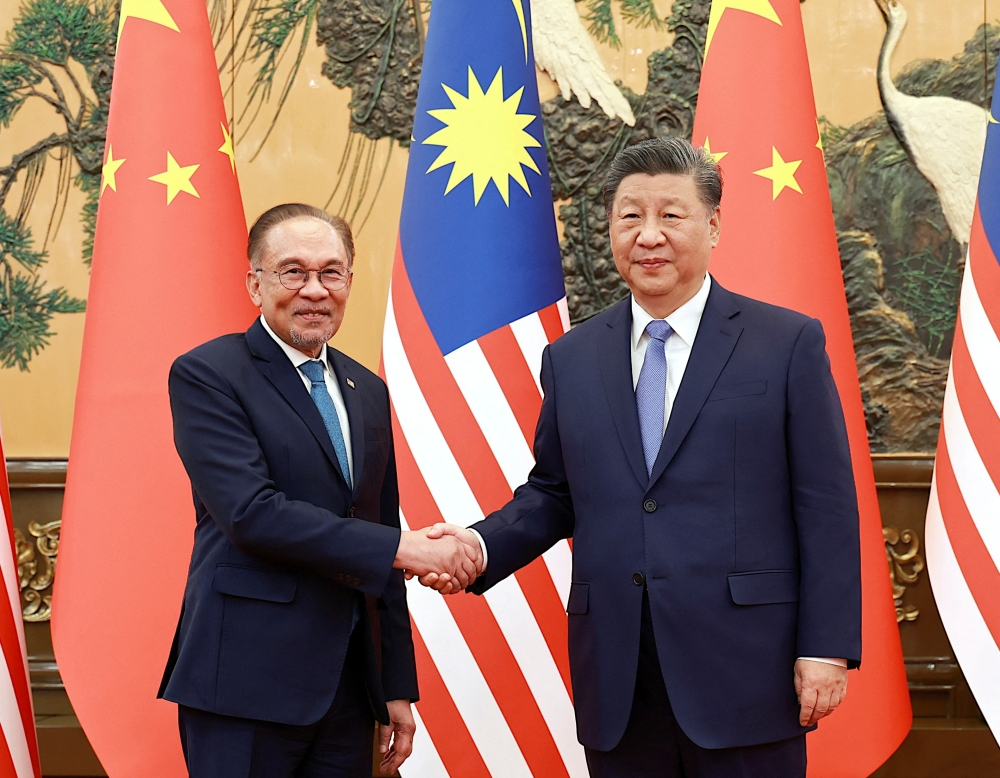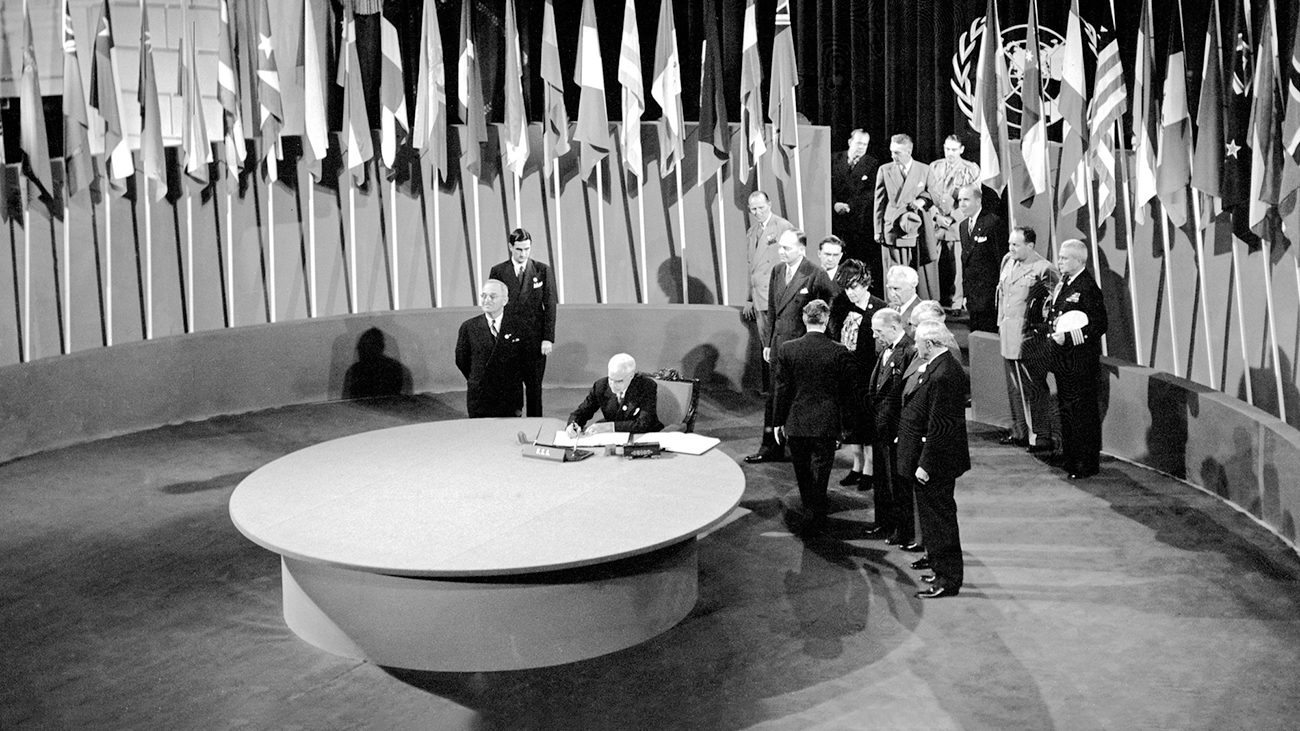Tariff Tsunami: 41% Duties Hit Global Trade- Washington, D.C. | August 2025 — In a stunning move that has already rattled markets and unsettled diplomats across the globe, U.S. President Donald Trump has signed an executive order unleashing a wave of “reciprocal” tariffs, with some countries now facing duties as high as 41% on exports to the United States.
The policy, which Trump declared “non-negotiable”, is set to take effect on August 7, triggering a fresh trade shock across both developed and developing economies. The move has been described by analysts as a “tariff tsunami,” and the consequences are expected to ripple far beyond port cities and customs counters.
Who’s Hit Hardest
The highest tariffs target countries that either lack trade pacts with the U.S. or have been accused of transshipment practices to bypass existing duties. Among the most affected:
-
Syria – 41%
-
Laos & Myanmar – 40%
-
Switzerland – 39%
-
South Africa – 30%
-
Taiwan – 20%
While some countries like Thailand and Malaysia saw their originally proposed tariffs lowered to 19%, the message from Washington is clear: nations that don’t offer the U.S. what it deems “fair terms” will be penalized—heavily.
A special clause in the executive order also slaps an additional 40% tariff on goods suspected of being transshipped—a clear warning to regional hubs facilitating indirect exports from China and other tariffed nations.
Trump’s Logic: America First, Again
President Trump, speaking with NBC News, defended the tariffs as a necessary correction to “decades of bad trade deals.” He emphasized that the August 1 deadline was final and that countries had “plenty of time to make better offers.”
“We’re not here to be taken advantage of anymore. If they want access to our market, it has to be on our terms,” Trump said.
While Trump left the door slightly ajar for future deals, the tone of his message suggests no quick compromise is expected.
Immediate Consequences
1. Global Trade Realignment
Supply chains, already reeling from post-pandemic disruptions and earlier trade tensions, are now being forced to reconfigure rapidly. Exporters in affected countries may have to reroute goods through tariff-free partners or absorb the losses through margin cuts.
Freight companies and customs brokers are warning of delays and backlogs at major ports starting mid-August, especially for shipments without clear origin documentation.
2. Consumer Price Surges
American retailers and manufacturers who rely on imported raw materials and components are bracing for cost increases. Analysts forecast that the price of electronics, textiles, and specialty goods could rise by 8–15% over the next quarter if tariffs hold.
The inflationary effect may once again put the Federal Reserve in a policy bind—caught between encouraging growth and managing price stability.
3. Retaliatory Measures Loom
Some countries—especially Switzerland and South Africa—have already hinted at reciprocal tariffs of their own. If these escalate into broader trade disputes, the risk of mini trade wars in multiple regions could destabilize investor confidence globally.
The Bigger Picture: Rise of De-Dollarization
Beyond immediate trade fallout, these aggressive tariffs may accelerate a trend quietly unfolding over the past few years: de-dollarization.
Several countries facing U.S. pressure have already begun to diversify away from the U.S. dollar in bilateral trade. Russia, China, Iran, and parts of Southeast Asia have expanded currency swap agreements and are settling more trade in yuan, euro, or local currencies.
With the U.S. weaponizing both financial systems and trade access, the incentive for emerging economies to build alternatives to the dollar-dominated system is growing stronger.
“This tariff policy is not just about trade—it’s about power,” said Dr. Neela Roy, an international trade scholar at the University of Cape Town. “And when that power is exercised too aggressively, the world will naturally seek ways to reduce its dependency.”
BRICS+ Momentum
The timing is especially crucial as the BRICS+ alliance continues to push forward with proposals for a new trade settlement system, possibly tied to a commodity-backed digital currency. While still in early stages, such moves signal that the world is taking steps toward a post-dollar order—a shift now gaining urgency among U.S.-sanctioned and tariffed nations.
Final Thoughts: Short-Term Gains, Long-Term Risk?
Trump’s tariff strategy may bring short-term leverage and appeal to a domestic audience seeking protectionist policies. However, the long-term risks—including trade fragmentation, dollar decline, and geopolitical polarization—could reshape the global economy in unpredictable ways.
As the August 7 implementation date nears, businesses, diplomats, and central banks across the world are racing to adapt to what may be the most consequential trade maneuver of the decade.




